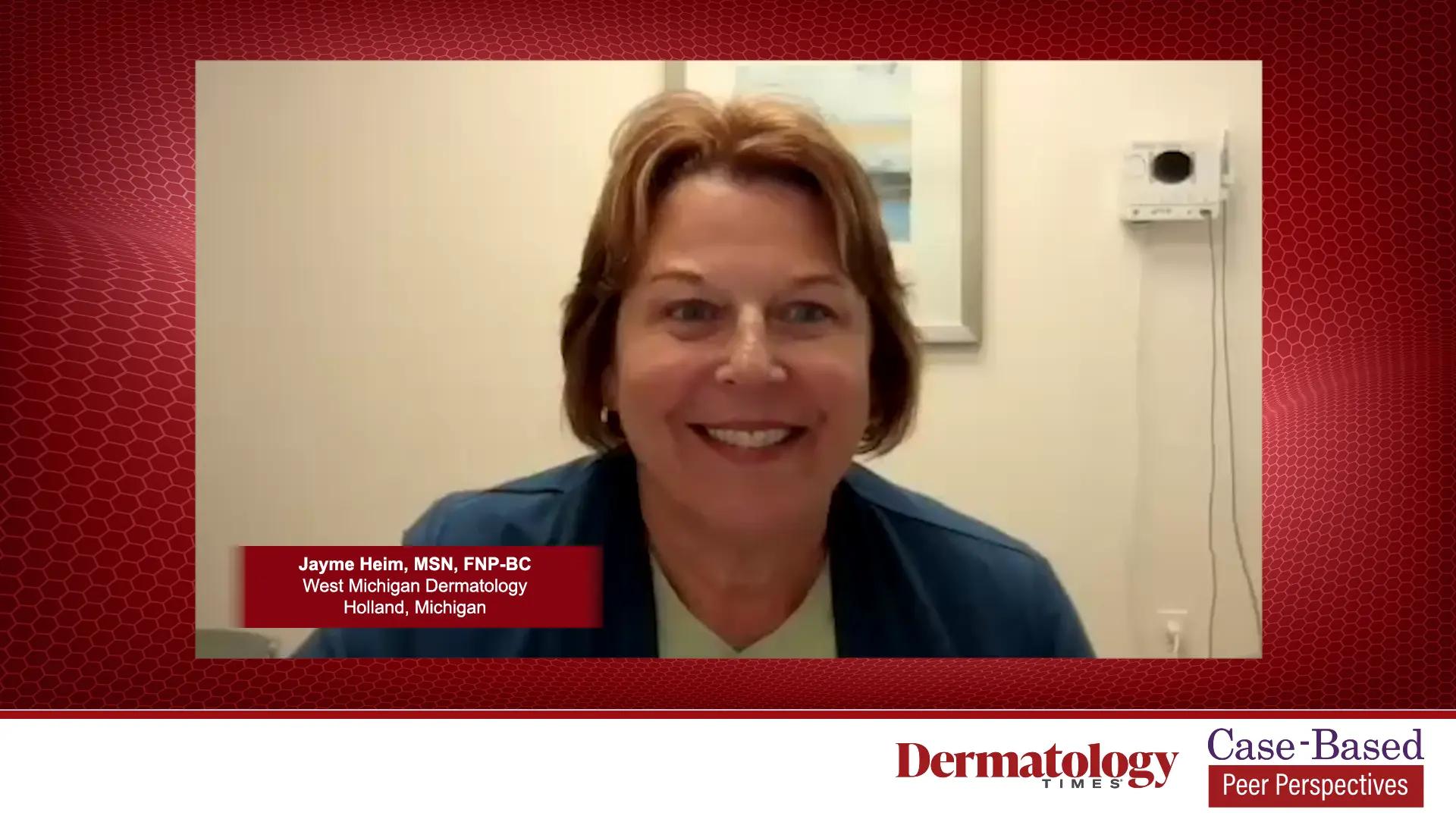- General Dermatology
- Eczema
- Chronic Hand Eczema
- Alopecia
- Aesthetics
- Vitiligo
- COVID-19
- Actinic Keratosis
- Precision Medicine and Biologics
- Rare Disease
- Wound Care
- Rosacea
- Psoriasis
- Psoriatic Arthritis
- Atopic Dermatitis
- Melasma
- NP and PA
- Skin Cancer
- Hidradenitis Suppurativa
- Drug Watch
- Pigmentary Disorders
- Acne
- Pediatric Dermatology
- Practice Management
- Prurigo Nodularis
Article
Improving photoaging symptoms: Sunscreen, moisturizing vehicles are anti-aging 'workhorses' in skincare regimen
A new, photostable UVA/UVB filter has demonstrated the ability to improve the appearance of a variety of photoaging symptoms, according to a recent study.

Key Points

The study's results, moreover, suggest that sunscreens in a moisturizing vehicle perhaps play a larger role in the anti-aging battle than they're commonly given credit for, a study co-author says.
"We were looking to see if providing superior sun protection in a well-constructed moisturizing vehicle improves skin texture and appearance. Many people have thought that sunscreen is not a terribly active anti-aging ingredient," says Zoe Draelos, M.D., president, Dermatology Consulting Services, High Point, N.C.
"If one looks at most of the products that are designed to lighten skin, eliminate age spots and improve skin texture, they may contain other botanical ingredients such as green tea or soy, but they also contain sunscreen," Dr. Draelos tells Dermatology Times.
Sunscreen is the primary skin-lightening ingredient, she says.
Conversely, other ingredients with more marketing appeal don't deliver as big an effect.
For the study, Dr. Draelos and her colleagues enrolled 25 healthy, nonpregnant female subjects, ages 35 to 65 years, with mild to moderate fine lines, wrinkles and facial dyschromia. Investigators asked all subjects to use a daily moisturizer containing ecamsule (SPF 15 Daily Moisturizer, L'Oréal) for 12 weeks, every morning and as needed throughout the day.
Skin assessments
Researchers performed assessments at baseline and at weeks two, four, eight and 12. At each visit, investigators graded fine lines, wrinkles, radiance, skin roughness, skin tone, hyperpigmentation and global impression with a nine-point scale.
Investigators also performed an objective assessment of scaling, erythema and acne.
Furthermore, they asked subjects to rate product-induced itching and stinging - along with other parameters including lines, wrinkles, dryness, redness, color, acne and peeling - with the same scale used by investigators.
Investigators also used noninvasive assessment techniques, including corneometry (DermaLab; Cortex Technology, Hadsund, Denmark), which measures skin's water content through electrical impedance; chromameter (DermaLab DermaSpectrometer, Cortex Technology) measurements to assess skin redness and melanin content; cutometer measurements of skin elasticity; and silicone replicas to assess skin roughness and wrinkle properties.
No adverse events occurred during the study, which all 25 subjects successfully completed. Investigators noted improvements in various measurements starting in week two.
At this point, they noted a statistically significant improvement in radiance (p=0.029) and roughness (p=0.001).
After four weeks, researchers reported statistically significant improvement in radiance, roughness and global assessment (p<0.001 in all three analyses).
Areas of statistically significant improvement at week eight included radiance (p<0.001), roughness (p<0.001), scaling (p=0.027), tone (p=0.004) and overall global assessment (p<0.001). At week 12, investigators observed improvement in radiance, roughness, scaling, tone, pigment and global assessment.
Subject assessments reinforced investigators' evaluations, Dr. Draelos says.
For example, subjects noted a statistically significant lightening of skin color at weeks four and eight, and a statistically significant improvement in dryness at week four.
Similarly, corneometry measurements increased by nearly 15 percent over the study's duration, reflecting statistically significant improvements in skin hydration at weeks two, four and 12, Dr. Draelos says.





